ABB 129740-002 – Detailed Technical Sheet
Technical Specifications
- Power Supply: The input voltage range is 12 – 48VDC, the output voltage is 5VDC, and the maximum output current is 10A with an efficiency of more than 90%.
- CPU: Equipped with a 32 – bit 800MHz RISC CPU.
- Dimensions: 170mm x 105mm x 32mm.
- Weight: Approximately 120g.
- Input Types: Support various input types, including voltage, current, and digital signals. The input can process 0 – 30VDC signals.
- Output Capacity: The digital output can switch a load of up to 2A.
Detailed content
Function Features
- High – speed Signal Processing: With a high – performance 32 – bit 800MHz RISC CPU, it can quickly collect, process, and control various input signals, and transmit the processed output signals to various output devices.
- Rich Communication Interfaces: Support multiple communication protocols, such as RS232, RS485, and Ethernet, and are also equipped with USB ports, which can be connected to bar code readers, printers, and other devices for data exchange.
- I/O Capability: It has 16 digital inputs and 16 digital outputs, which can be connected to a variety of switches, sensors, and actuators, and can communicate with PLCs through high – speed serial communication links.
- Isolation Protection: Provide isolation between inputs and outputs to ensure reliable operation in industrial environments, enhancing the anti – interference ability of the module.
- Diagnosis and Monitoring: Have built – in diagnosis and monitoring functions, including self – diagnosis, event log recording, and real – time status monitoring, which is convenient for users to detect and troubleshoot faults in a timely manner.
- Data Format Conversion: Can convert serial data into parallel data, or convert different formats of data to meet system requirements, and provide multiple serial communication channels, each of which can be configured and managed separately.
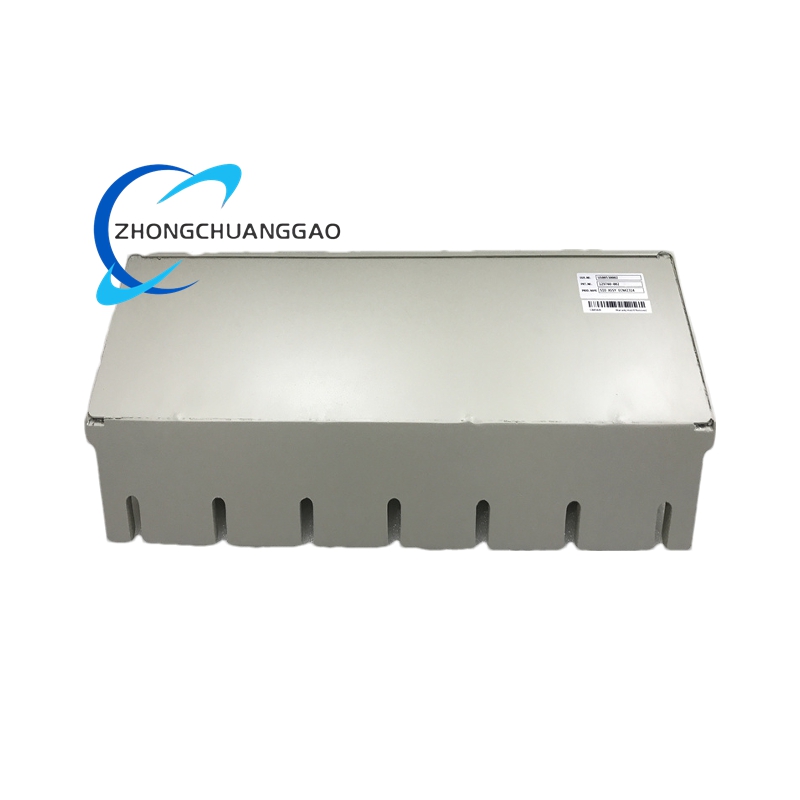
Application Scenarios
- Industrial Automation: Play an important role in production line control, process monitoring, equipment protection, and data collection, and can be seamlessly integrated with other industrial automation equipment and systems to realize control and monitoring functions.
- Process Control: In the production processes of chemical, petroleum, natural gas, and other industries, it is used to monitor and control various process parameters, such as receiving analog signals from sensors and converting them into digital signals for processing and control, and at the same time, converting digital signals into analog signals to drive actuators.
- Manufacturing and Automation: In the manufacturing industry, it is used to realize the precise control and data collection of automated production lines, helping to improve production efficiency and product quality.

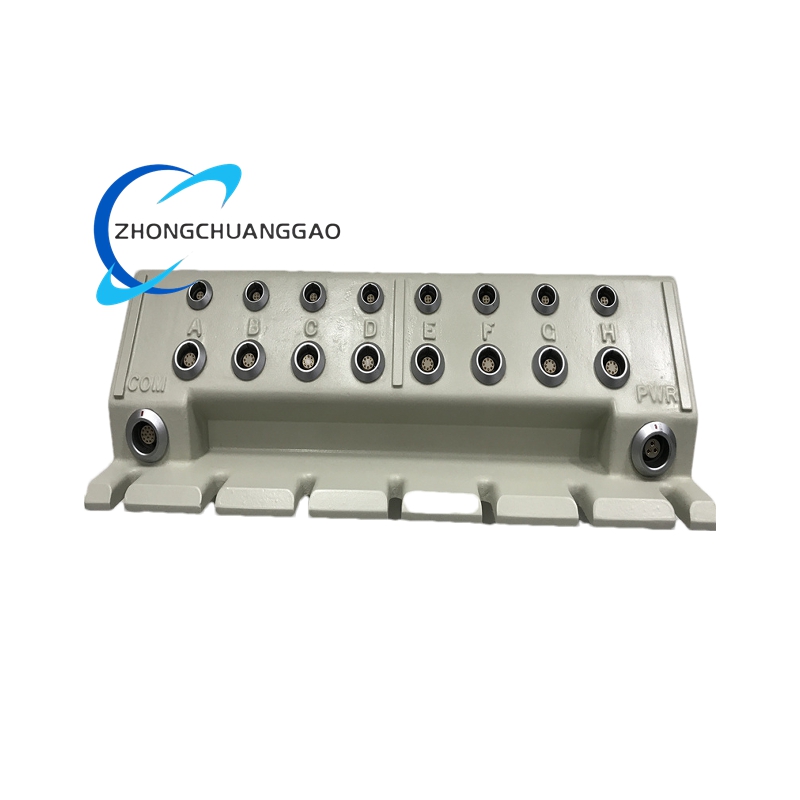
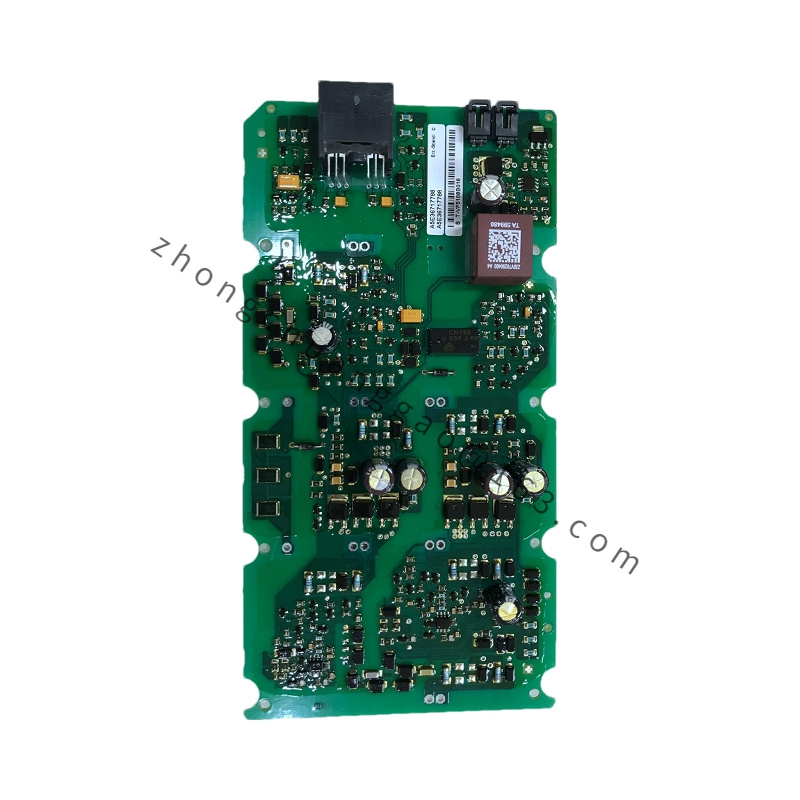

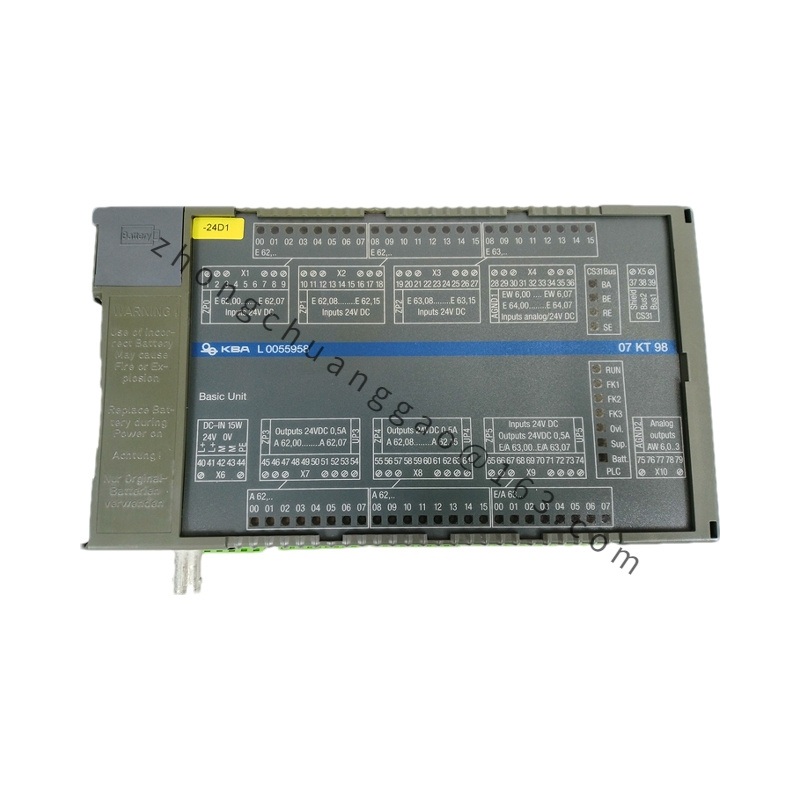
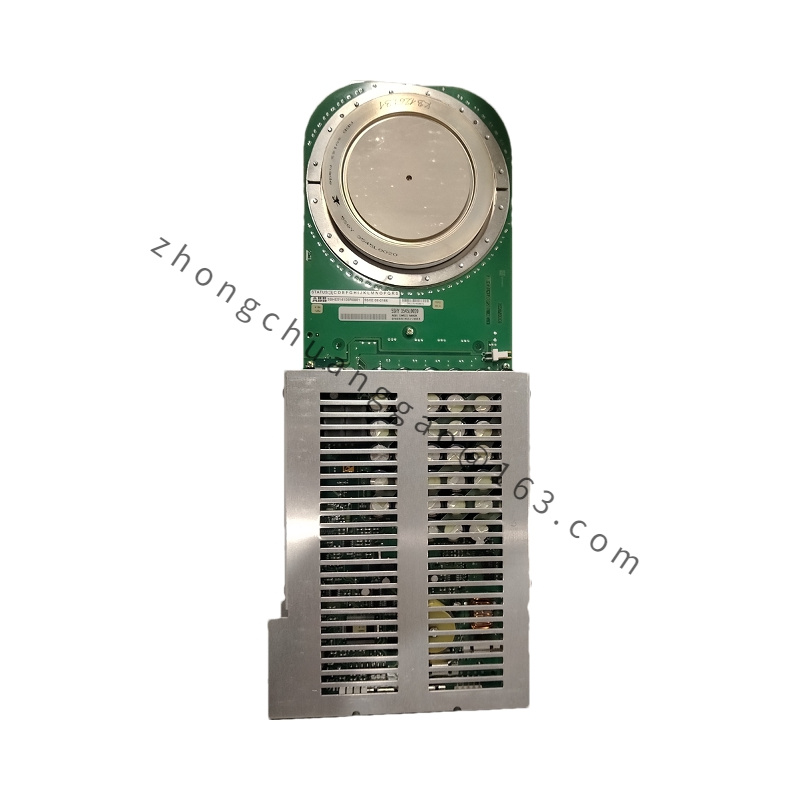
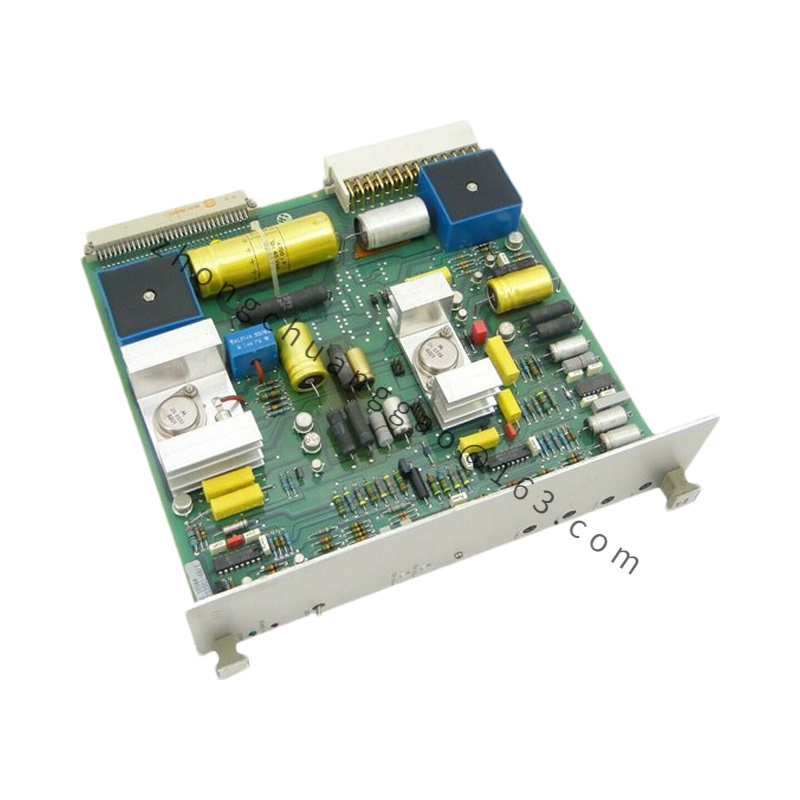
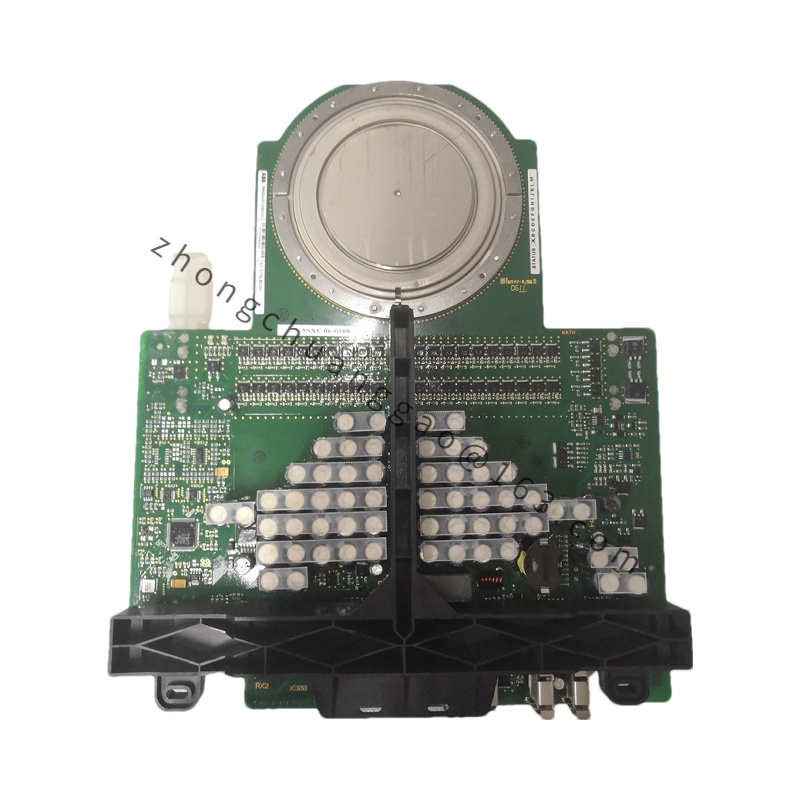
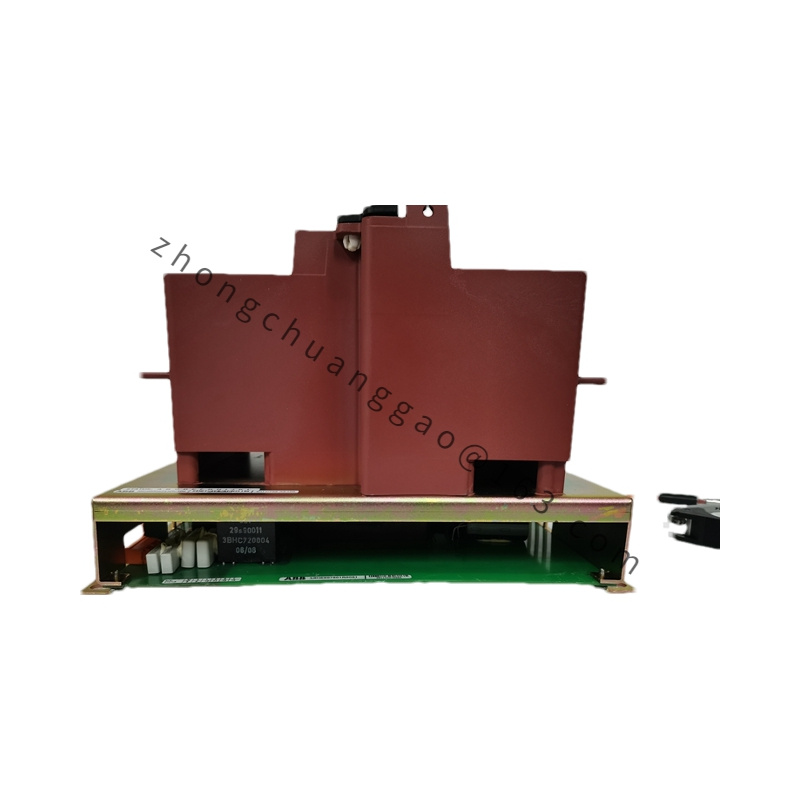
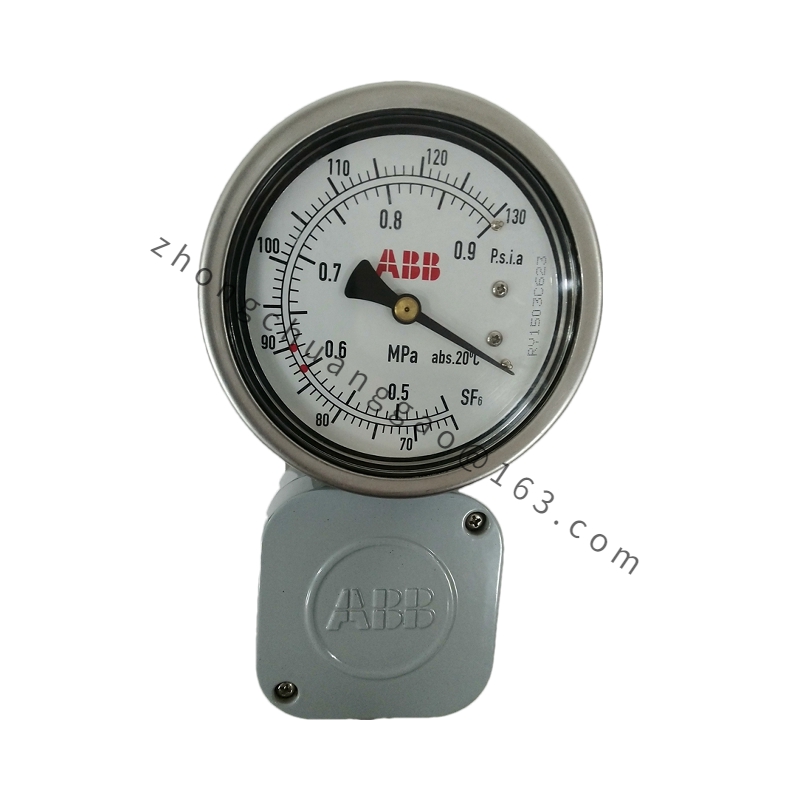
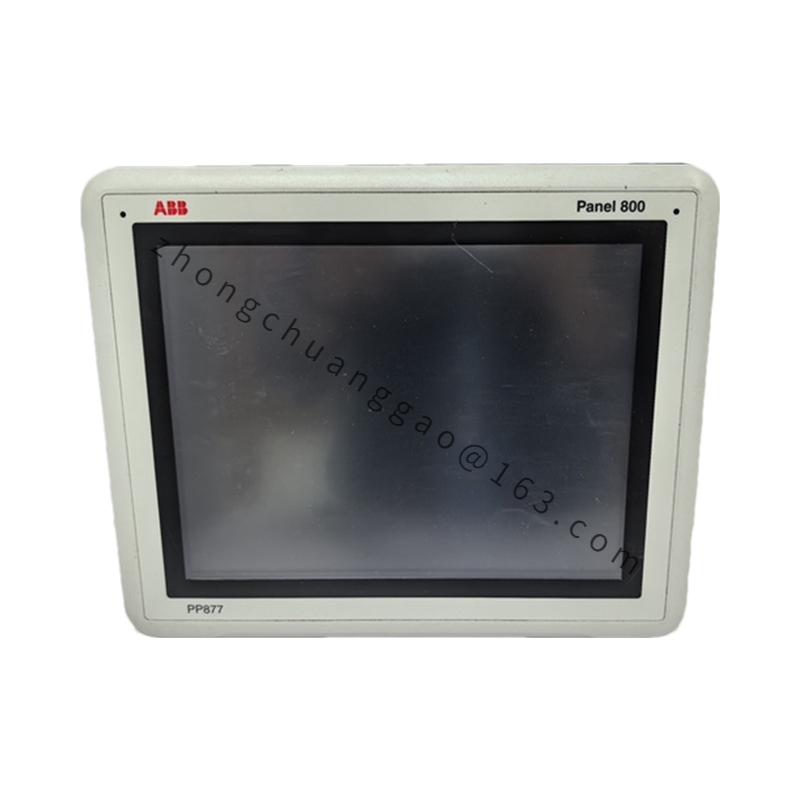

.jpg)
.jpg)